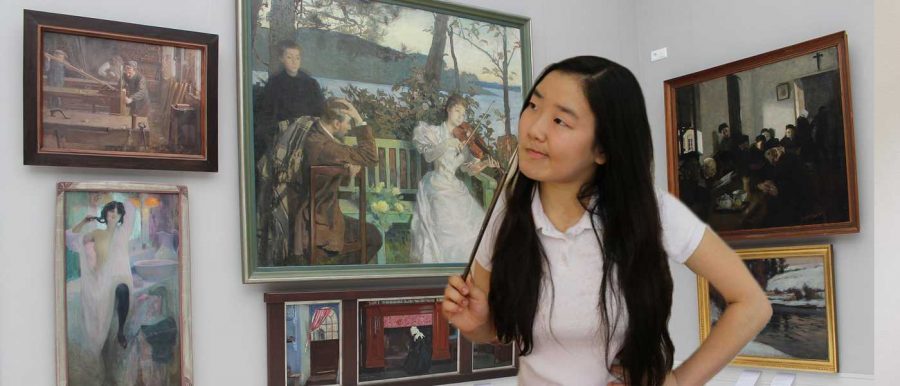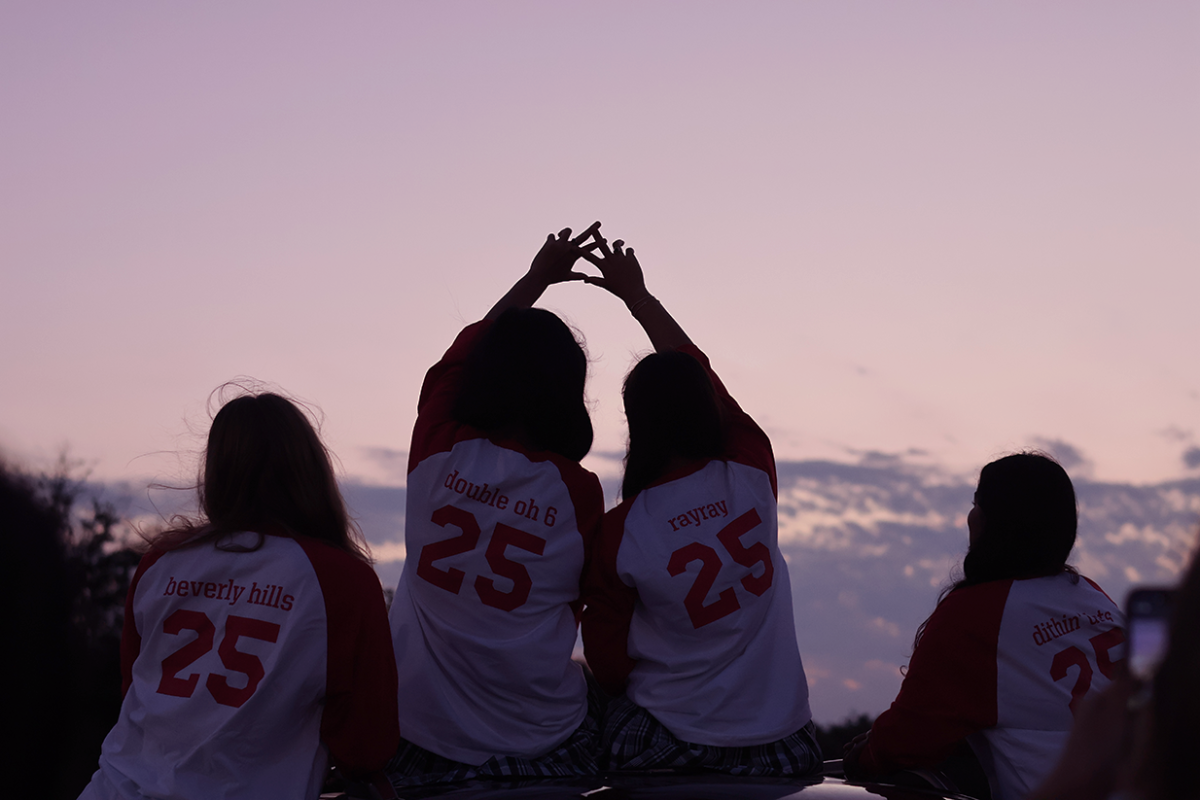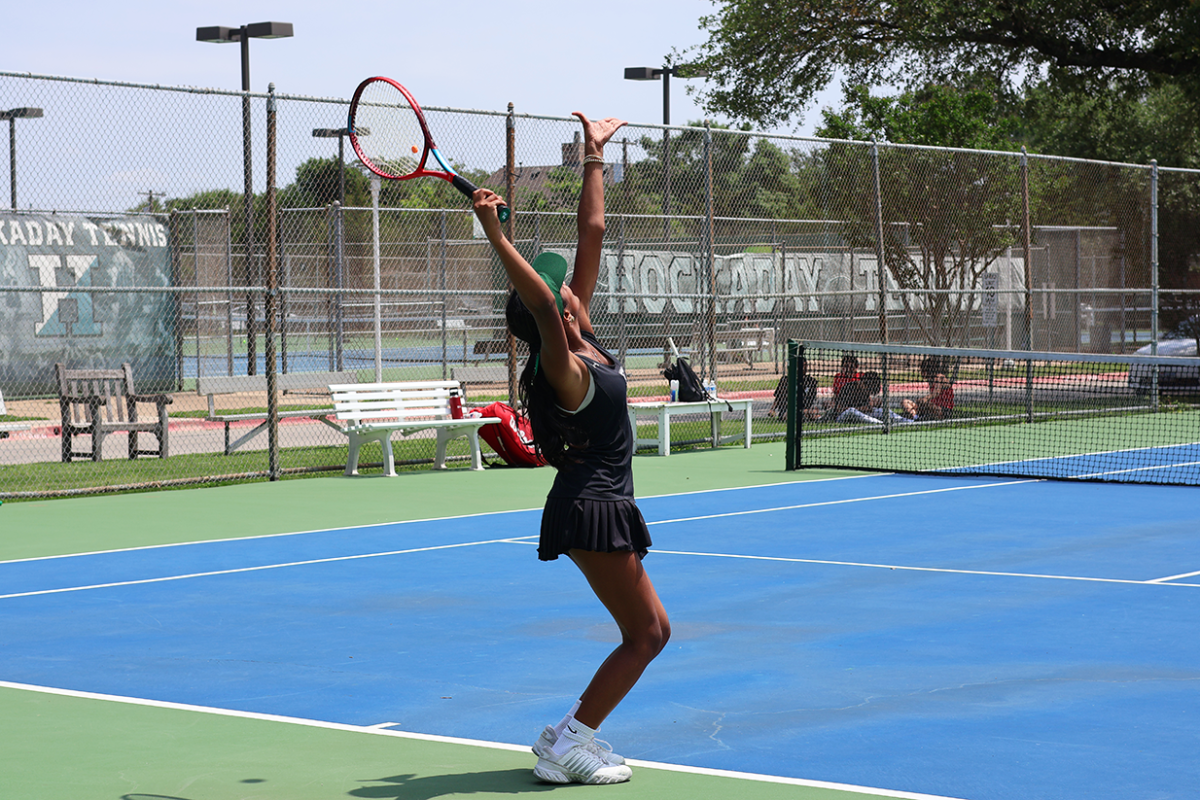Modern Art is often seen as a gray area; most people don’t really know what it is. There are many different types, but a good amount of modern artists avoid associating themselves with any particular movement. Briefly underlined, here are 11 of the main categories Modern Art is broken up into.
 Impressionism
Impressionism
An art movement based in the late 19th century that aimed to capture moments through the use of various lightings and weather conditions. Common scenes depicted include landscapes, cityscapes and even images showing activities from daily life. Famous impressionists include Gustave Caillebotte, Claude Monet and Edgar Degas.
 Post-Impressionism
Post-Impressionism
A response to impressionism, this movement occurred during an era when painting was taking a new role in society. Artists depicted modern life by showcasing its emotional and psychological elements. Famous Post-Impressionist artists include Vincent Van Gogh and Paul Gauguin.
 Fauvism
Fauvism
The name of this early-20th century based movement is derived from the French word fauves, which means wild beasts. Pieces from this movement relied on the use of bold, vibrant colors as the primary source of attraction. Famous fauves include Henri Matisse, Maurice de Vlaminck and Raoul Dufy.
 Expressionism
Expressionism
Started in 2oth-century Germany, Expressionism was an unique approach to art that worked to portray each artist’s individual vision and emotions. Pieces presented the world from a subjective perspective, distorting images dramatically for emotional effect. Famous artists associated with this movement include Wassily Kandinsky, Oskar Kokoschka and and Ernst Ludwig Kirchner.
 Cubism
Cubism
One of the most influential art styles in the early 20th century, Cubism abandoned traditional methods, such as perspective, of creating the illusion of space. Instead, the artwork showed three-dimensional forms with abstract, geometric shapes and presented several views simultaneously. Famous artists credited with developing cubism are Georges Braque and Pablo Picasso.
 Futurism
Futurism
An artistic and social movement that originated in Italy in the early 20th century, Futurism was founded by a group of Italian poets, painters and sculptors who advocated reform. Famous artists that depicted the speed and dynamism of the modern machine age were Fernand Léger and Umberto Boccioni.
 Abstract
Abstract
This style is defined by the indistinguishable way in which the subjects are depicted. The artists rely on color, shape and lines to convey the meanings of their pieces. By the modern era, hundreds of artists have made abstract artwork with a variety of styles of approaches. Famous abstract artists are Wassily Kandinsky, František Kupka and Robert Delaunay.
 Dadaism
Dadaism
Based on deliberate irrationality and the rejection of traditional aesthetic values, Dada was a movement of the European avant-garde in the early 20th century. The only rule in dadaism was to not follow any rules; the artwork aimed to provoke emotional reactions from the viewers. Famous artists associated with dadaism are Marcel Duchamp and Hannah Höch.
 Surrealism
Surrealism
Seen as a successor to dada by many scholars, surrealism was an academic, literary and artistic movement that explored methods to represent the world of dreams and the unconscious. Subjects represented in pieces were ones that were object considered off-putting: sexuality, scatology, violence, decay. Famous artists often tied to this movement are René Magritte, Salvador Dali and Meret Oppenheim.
 Abstract expressionism
Abstract expressionism
This was the first major avant-garde movement to emerge in the United States. rooting in the late 1940s, abstract expressionism, or “action painting,” conveyed intense emotional or expressive content. Famous expressionists are Clyfford Still, Jackson Pollock, Helen Frankenthaler and Lee Krasner.
 Minimalism
Minimalism
Seen as a direct response to the critical success of abstract expressionism, minimalism is characterized by a severe reduction in form and an emphasis on the viewer’s’ physical relationship with the artwork. Famous artists associated with minimalism include Tony Smith and Donald Judd.







